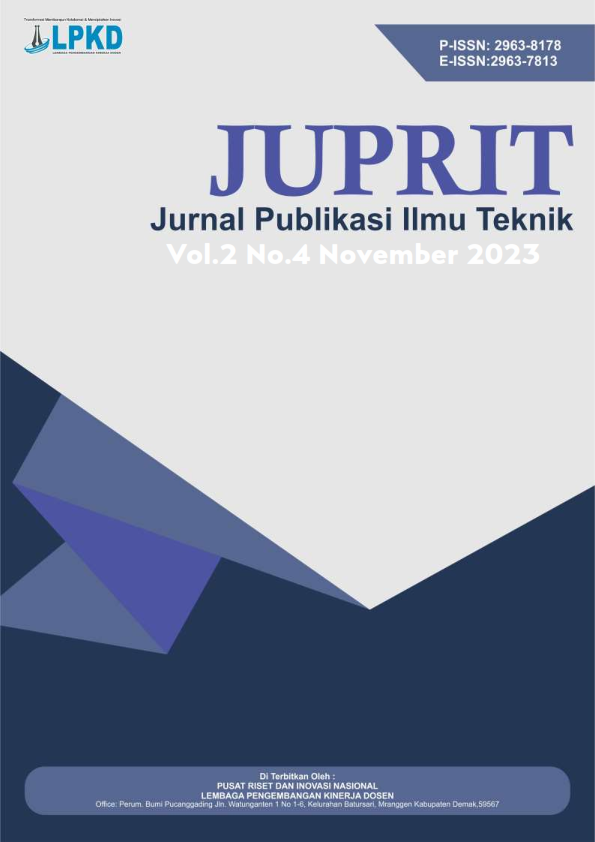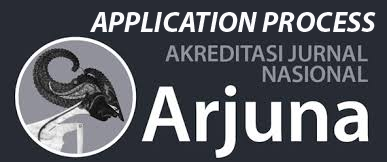Hubungan Nilai Matematika Rekayasa terhadap Nilai Analisa Struktur Mahasiswa Teknik Sipil STT Raden Wijaya Mojokerto
DOI:
https://doi.org/10.55606/juprit.v2i4.4430Keywords:
Pearson Correlation, Engineering Mathematics, Structural AnalysisAbstract
This study aims to determine the relationship between the value of Engineering Mathematics courses and the value of Structural Analysis courses obtained by civil engineering students of STT Raden Wijaya Mojokerto. This study is classified as quantitative research with a numerical data approach. The type of research used is correlative analytical research using the SPSS software application program version 21. The population in this study were civil engineering students of STT Raden Wijaya Mojokerto, who had taken Engineering Mathematics and Structural Analysis courses. The sampling technique used in this study was the Simple Random Sampling technique. The statistical analysis used in this study was Pearson correlation analysis (product moment). The results of the analysis were obtained Based on the results of the study regarding the relationship between Engineering Mathematics and Structural Analysis scores, it is classified as moderate. This means that the influence is small. Although positively correlated, the results are significant or cannot be generalized to the population. This shows that the value of the Engineering Mathematics course obtained is not related to the value of the Structural Analysis course obtained. The correlation between the value of engineering mathematics and the value of structural analysis is 0.488 with significance at the error level of 5% and the r-Table is 0.261, then (r-calculated = 0.488 > r-table = 0.261) means Ho is accepted, but the relationship between the value of engineering mathematics and the value of the structural analysis course has no relationship because even though the value of the engineering mathematics course is high, it does not necessarily mean that the value of the structural analysis course is also high.
Downloads
References
Iswadi, H., & dkk. (2006). Kalkulus. Malang: Bayumedia Publishing.
Malik, M. I. A. (2016). Jurnal kajian pendidikan teknik bangunan, 3(3), 207–212.
Murfi, W. (2014). Mekanika teknik semester 1 kelas X. Kemendikbud.
Sazhin, S. S. (1998). Teaching mathematics to engineering students. International Journal of Engineering Education, 14(2), 145–152.
Siswanto. (2005). Matematika inovatif 1: Konsep dan aplikasinya. Solo: PT Tiga Serangkai Pusaka Mandiri.
Sugiyono. (2014). Metode penelitian pendidikan: Pendekatan kuantitatif, kualitatif dan R&D. Bandung: Alfabeta.
Sukardi. (2012). Metodologi penelitian pendidikan: Kompetensi dan praktiknya. Jakarta: Bumi Aksara.
Sundayana, R. (2013). Media pendidikan matematika: untuk guru, calon guru, orang tua, dan para pecinta matematika. Bandung: Alfabeta.
Sutriningsi, N. (2015). Model pembelajaran assisted individualization berbasis assessment for learning pada persamaan garis lurus ditinjau dari karakteristik cara berpikir. Jurnal. Retrieved from http://e-DuMath/jurnal vol-1-no-1/43/51.pdf
Usniati, M. (2011). Meningkatkan kemampuan penalaran matematika melalui pendekatan pemecahan masalah. Jurnal. Retrieved from http://respository.uinjkt.ac.id/dspace/bits.pdf
Wahid, M. (2010). Evaluasi pembelajaran kompetensi dan praktik. Yogyakarta: Nuha Litera.
Downloads
Published
How to Cite
Issue
Section
License
Copyright (c) 2023 Jurnal Penelitian Rumpun Ilmu Teknik

This work is licensed under a Creative Commons Attribution-ShareAlike 4.0 International License.








